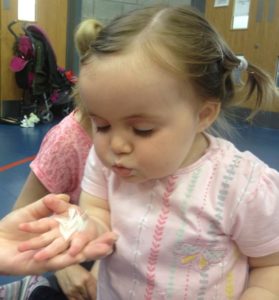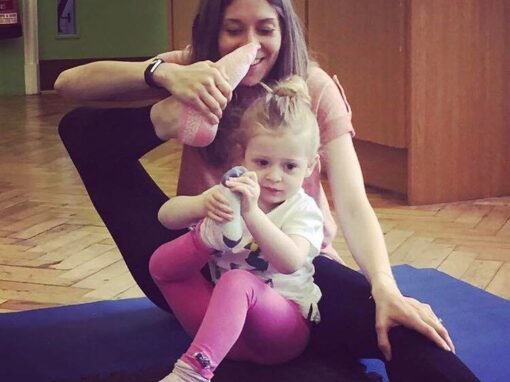Anxiety and worrying are usually feelings we attribute to adults, but 20% of school-aged children experience anxiety symptoms and 46% experience stress. It is imperative that our children are taught how to handle these negative emotions in a healthy way in order to maintain their wellbeing. Yoga can help reduce your child’s anxiety and stress in children in a number of ways such as breathing and mindfulness.
Anxiety can be the result of a number of different things in a child’s life, not all of which can be controlled. Therefore it is important that we equip our children with the tools they need to deal with anxiety through their lives making them more resilient to deal with such stresses. Here at Kalma Life we know that every child is different in our children’s yoga classes and one of the many added benefits is our yoga classes are fully inclusive. We appreciate that different techniques are needed to help each successfully battle their own anxieties so here are some tips and tricks we have learnt along our kalma yoga journey to help you help your children combat their stress:

Yoga Poses – Yoga is truly one of the most healing and empowering practices, which is why we love to deliver our family yoga and mum and baby yoga classes to all of our customers. Certain yoga poses, such as the Bridge Pose, the Bow Pose, the Channel Cleaning Breath Pose, the Downward-facing Dog Pose and the Fish Pose, all help to promote relaxation, lower the heart rate and silence the mind. Teaching your child poses such as this helps them with their anxieties and allows them to take a step back from the noise of the outside world to focus on their internal peace. A skill such as this is beneficial throughout their entire lives.

Breathing Exercises – There are various breathing exercises designed to help alleviate stress and anxiety. Going through these with your children provides them with the skills they need to deal with their feelings even when you are not around. Common breathing exercises for anxiety include the CO2 Rebreathing Technique. This involves your child cupping their hands over their mouths and breathing slowly. You may also have seen this technique used with a paper bag instead. This technique helps to prevent the expulsion of carbon dioxide and get it back into your child’s lungs so that they can regain a healthy balance of carbon dioxide in their system.

Model behaviour Approach – Your child sees you as a role model. So ultimately they will do what you do. This by no means suggests that your child has acquired their anxiety from you, but the way you behave can help them overcome their anxieties. If you actively avoid anxiety-inducing situations, your child will observe and repeat this behaviour. If you come face-to-face with your anxieties, care for your own needs, schedule time for yourself and your wellbeing, and talk positively about yourself and the world around you, your child will learn the importance of self-care and positivity. Thus, they will adopt these positive behaviours into their own lives and their outlook will change.

Encourage your child to express their anxiety and support them– When your child says that they feel worried or scared, try to avoid saying things like “Don’t be silly, you’re fine”, as this does not help but rather makes your child feel that you are not listening. Instead, acknowledge your child’s feelings and encourage them to discuss with you why they feel that way. This helps the child to relieve some stress by sharing it with you, and allows them to feel that you validate their emotions. The bond between you will grow and your child will feel they can trust you and be vulnerable. This technique begins the dialogue for discussions about your child’s emotions and can help you both get to the root of the issue.

Make time for relaxing activities your child enjoys – If your child enjoys sports, make sure you set aside some time to play sports with the family. It is important for children to do things they like, but often there are competitive elements to even the most fun activities. Try to make time for your child to do what they love in a non-competitive environment where there are no expectations of them. For example, if your child likes to play football, they may enjoy being on a team and playing with their friends. However, often these teams come with matches and competition, which can cause some stress for a child. To help them with this, schedule some time for them to play football with you, their siblings or their other family members, where they can enjoy their activity and not feel any stress. It is important for your child to engage in play purely for the sake of fun.

Encourage your child to face up to their fears – Our natural instinct is to avoid situations that make us anxious. However avoidance behaviours, if prolonged, can be negative as it helps to maintain the anxiety. To help your child conquer their fears, you should encourage them to face whatever it is that makes them anxious. This way your child will learn that anxiety reduces naturally over time. The body is unable to stay anxious for a long time, as the nervous system in our bodies automatically begins to calm us down. Afterwards, your child will see for themselves that they had no reason to be scared.
Find out more information on our childrens yoga classes

